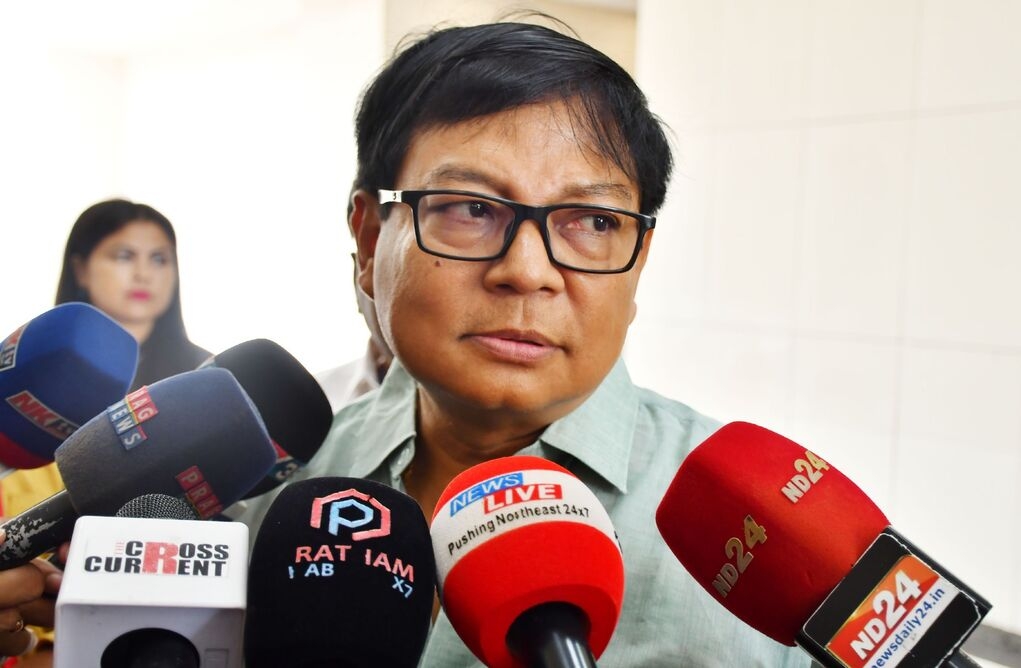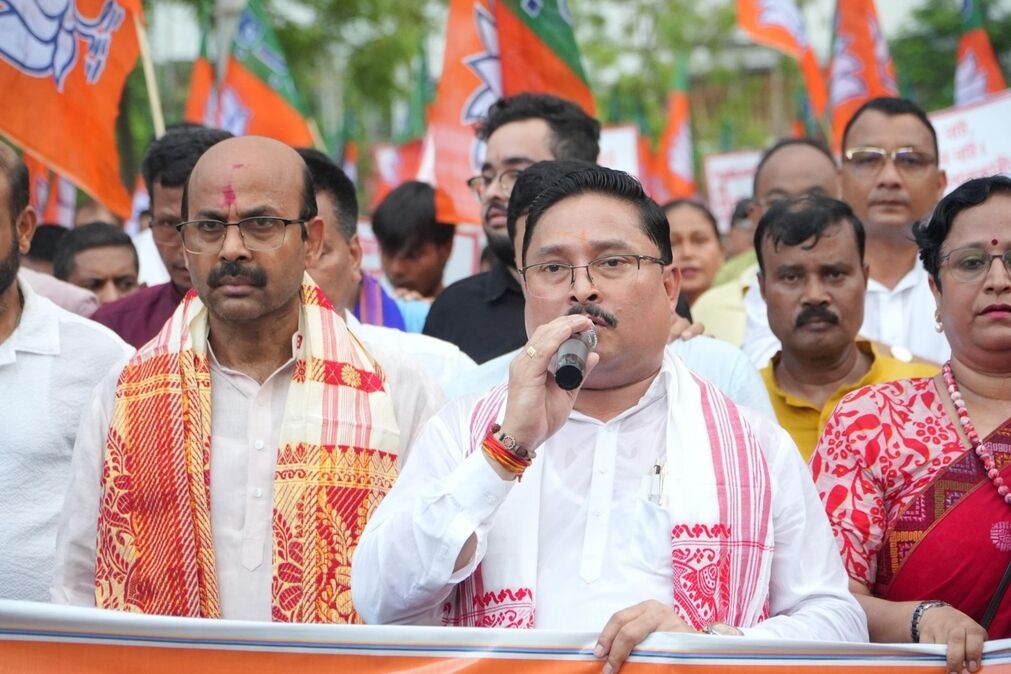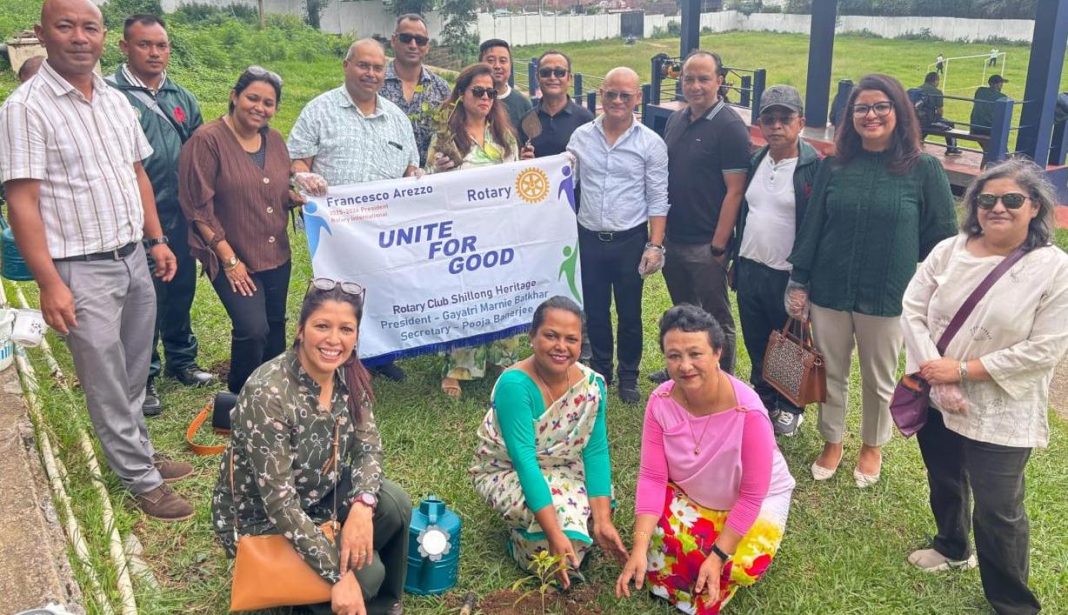Guwahati, July 19: A day after the Assam Cabinet declared five districts as drought-affected, Leader of the Opposition Debabrata Saikia urged Governor Lakshman Prasad Acharya to extend the declaration to 16 more districts, warning of a deepening agrarian crisis across the state.
In a detailed letter sent Saturday, Saikia demanded immediate intervention and financial relief, citing devastating rainfall deficits, irrigation failure, and the looming collapse of the rural economy. “This is not a localised problem—this is a state-level drought emergency,” he wrote.

On July 18, the state Cabinet approved the classification of five Western Assam districts—Kokrajhar, Barpeta, Dhubri, Baksa, and Bongaigaon—as facing drought-like conditions, based on a 40% rainfall deficit reported by the Indian Meteorological Department (IMD) and the Central Ground Water Commission (CGWC).
But Saikia said the crisis stretches far beyond these five districts. “Recent data from the IMD and field reports show that large tracts of agricultural land in Assam are turning dry and unproductive, severely impacting lakhs of farmers,” Saikia wrote. “The current circumstances necessitate immediate classification as a drought emergency under relevant relief regulations.”
According to Saikia, the following districts are experiencing severe drought-like conditions: Barpeta, Bajali, Baksa, Bongaigaon, Dibrugarh, Golaghat, Goalpara, Morigaon, Nagaon, Kamrup (M), Kamrup (R), Nalbari, Tamulpur, Kokrajhar, Dhubri, Sonitpur, and Lakhimpur.
Assam recorded a 42% rainfall deficit between June 1 and July 16, 2025, according to IMD data. Media reports and local surveys confirm that vast stretches of rice farmland have already dried up, with farmers reporting failed sowing and widespread crop stress.

Saikia backed his appeal with national climate data. A Department of Science and Technology report categorises 65 Indian districts—including many in Assam—as facing “very high drought hazard.” Districts like Charaideo, Dibrugarh, Sibsagar, South Salmara-Mankachar, and Golaghat are labelled extremely vulnerable to both flooding and drought.
He also cited a 2022 Assembly statement by Revenue Minister Kesab Mahanta, who admitted that 15 of the 25 most climate-vulnerable districts in India are in Assam, and that the state has the highest vulnerability index nationally.
Assam’s outdated and non-operational irrigation systems have worsened the impact of erratic rainfall. As per data presented by Irrigation Minister Ashok Singhal in the Assembly in March 2025, only 24.28% of agricultural land in the state is under irrigation.
Many sanctioned schemes under the Irrigation Department remain non-functional, and field-level infrastructure like shallow tube wells (STWs) and canals are in disrepair, Saikia noted.
The crisis is not limited to rice cultivation. Assam’s iconic 200-year-old tea industry is under threat due to erratic monsoons and extreme temperature fluctuations, raising alarms about long-term agricultural stability.
Saikia urged the Governor to direct the Assam government to take the following immediate measures declare all 21 affected districts under drought conditions as per NDMA/State Relief Guidelines, provide ₹50,000 compensation to each affected farmer, including sharecroppers (adhiars), deploy emergency irrigation using pump sets and tankers, distribute drought-resilient seeds, fertilizers, and alternative crop inputs, launch a program to supply paddy seedlings to affected farmers, release pending MGNREGA wages and increase workdays to prevent rural migration, conduct district-level audits and revive defunct irrigation systems ahead of the next sowing window.

“Over 70% of Assam’s rural population depends on agriculture. The government cannot treat this as routine rainfall fluctuation. It’s a crisis, and ignoring it is both a moral and constitutional failure,” Saikia warned.
He closed the letter with a direct appeal to the Governor: “I respectfully request Your Excellency to leverage the powers of your office in support of Assam’s farmers during this drought.”




